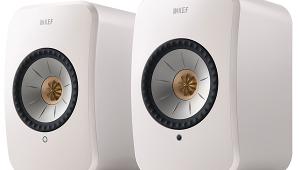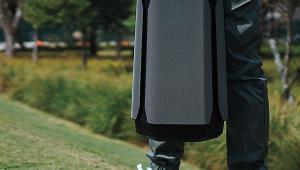Very nice. I own and have given as gifts several internet radios made by Grace Digital and Aluratek and can attest to the value offered by them. I suspect this company's offerings are excellent too and just based upon the photographs, they are beautiful to look at.
ORT
































































